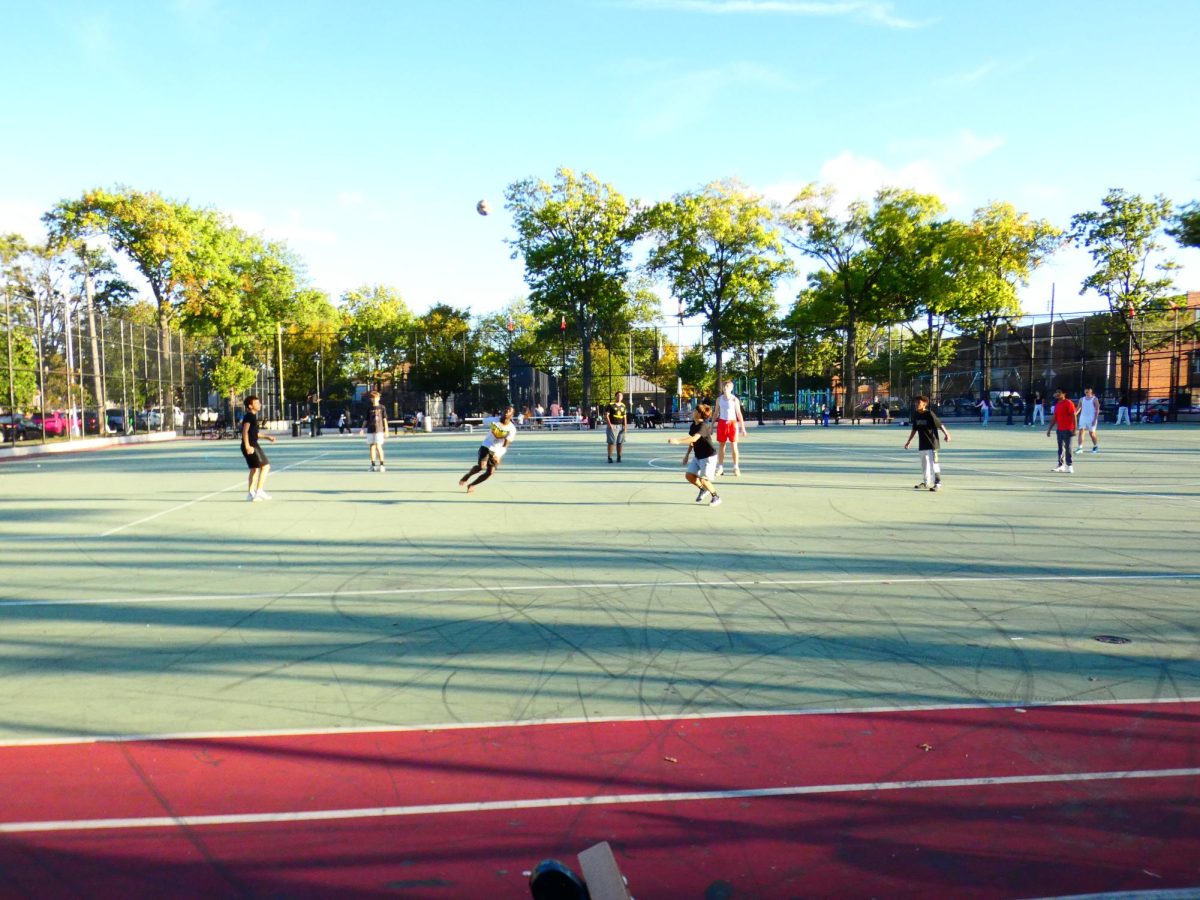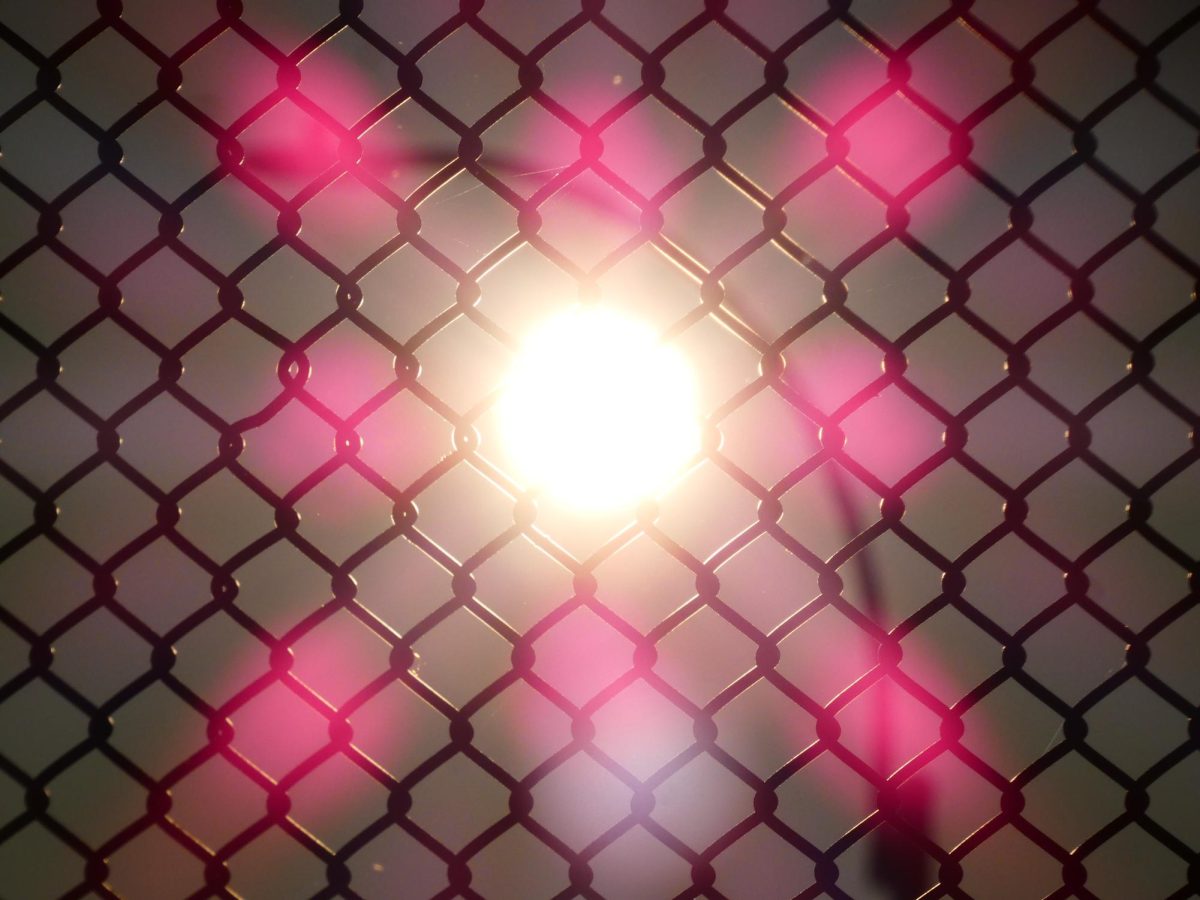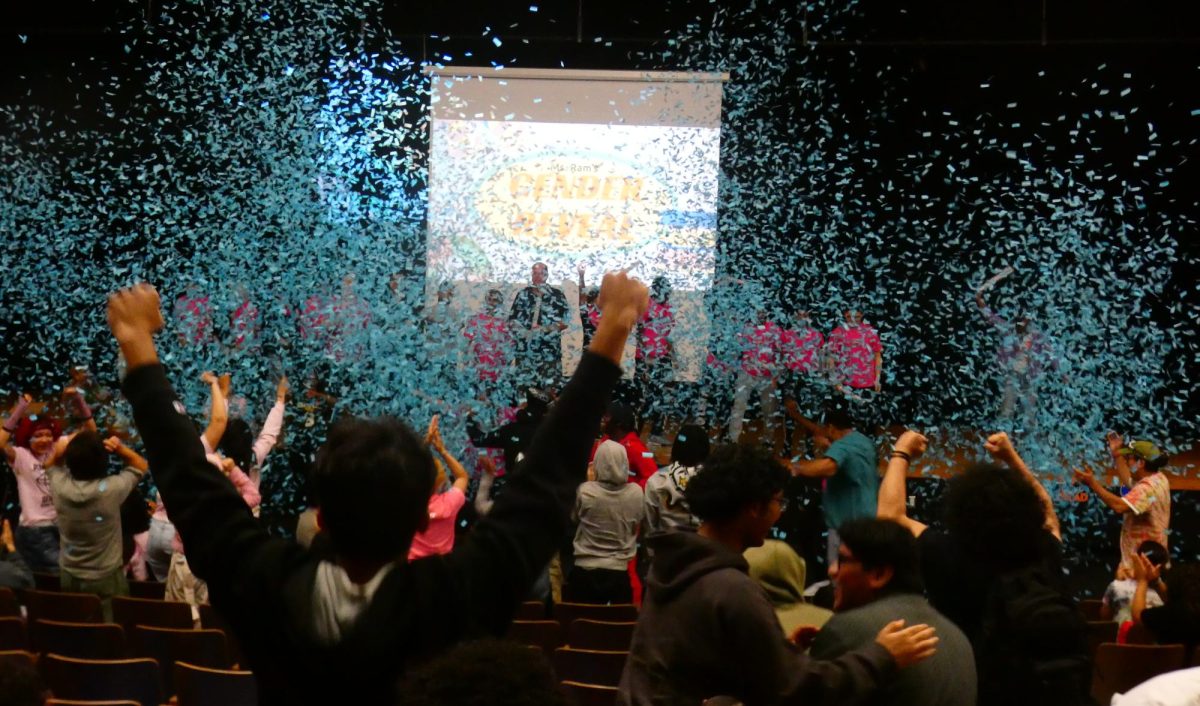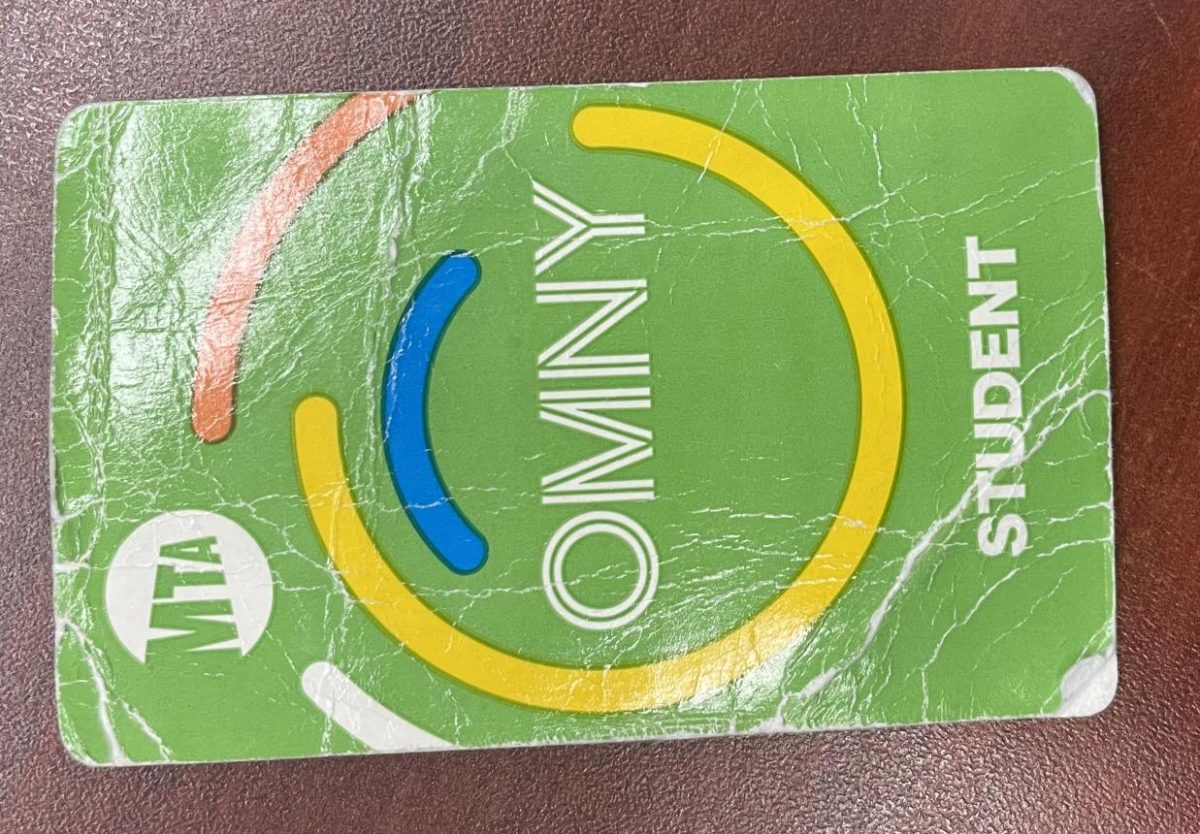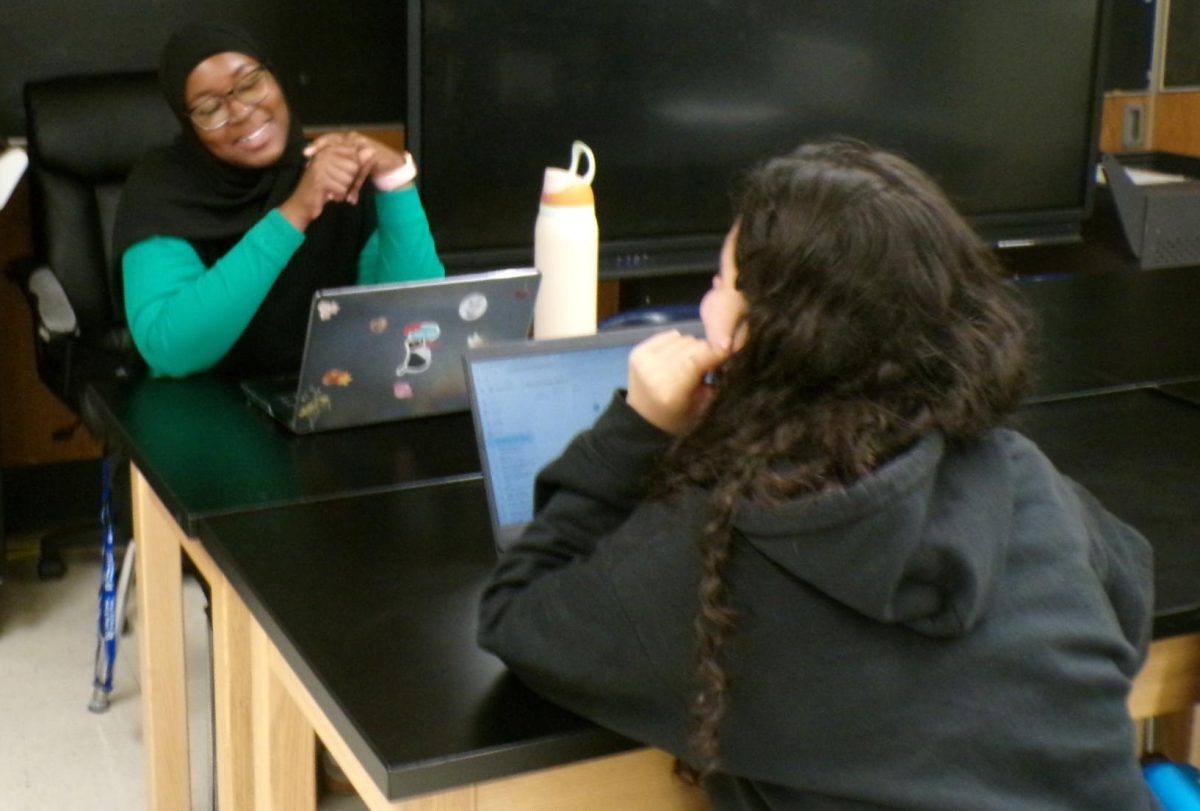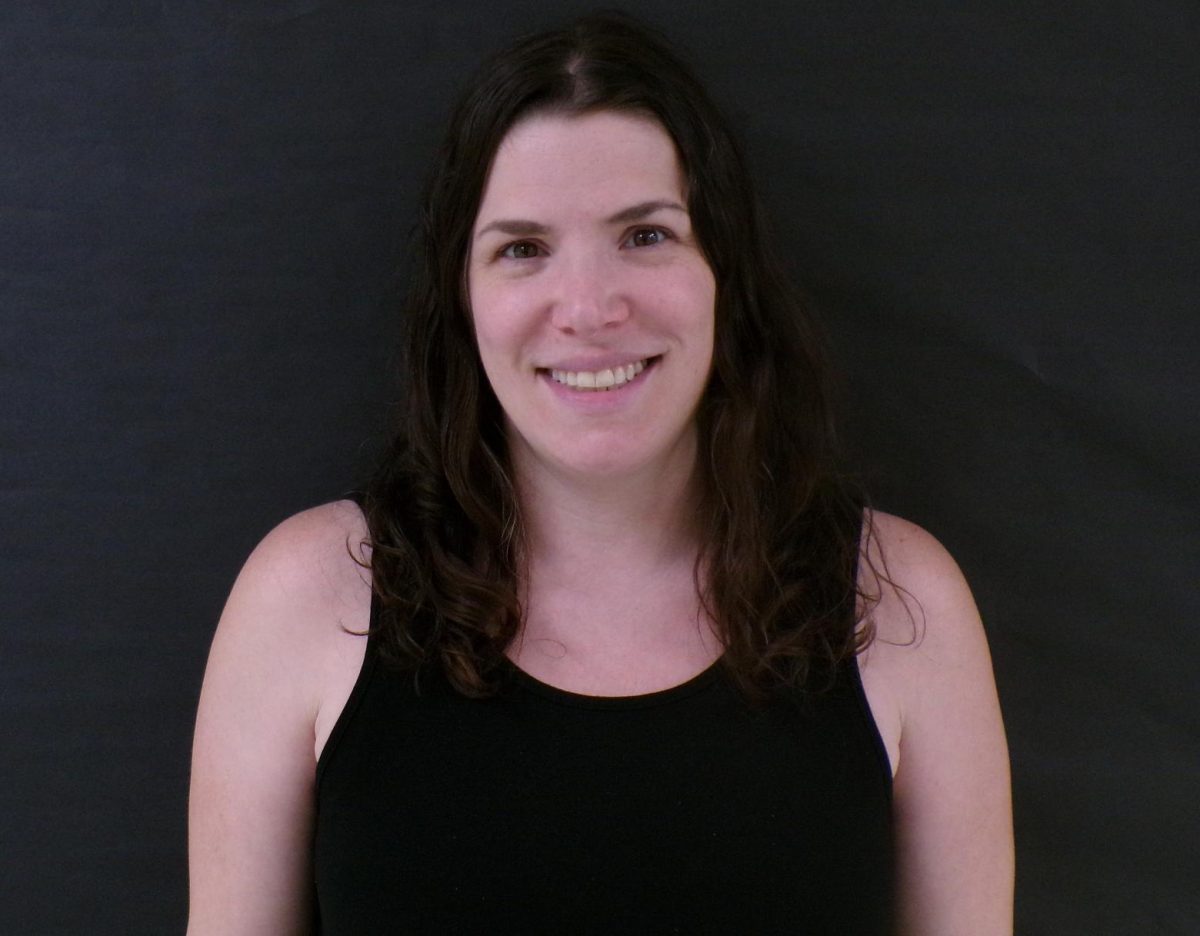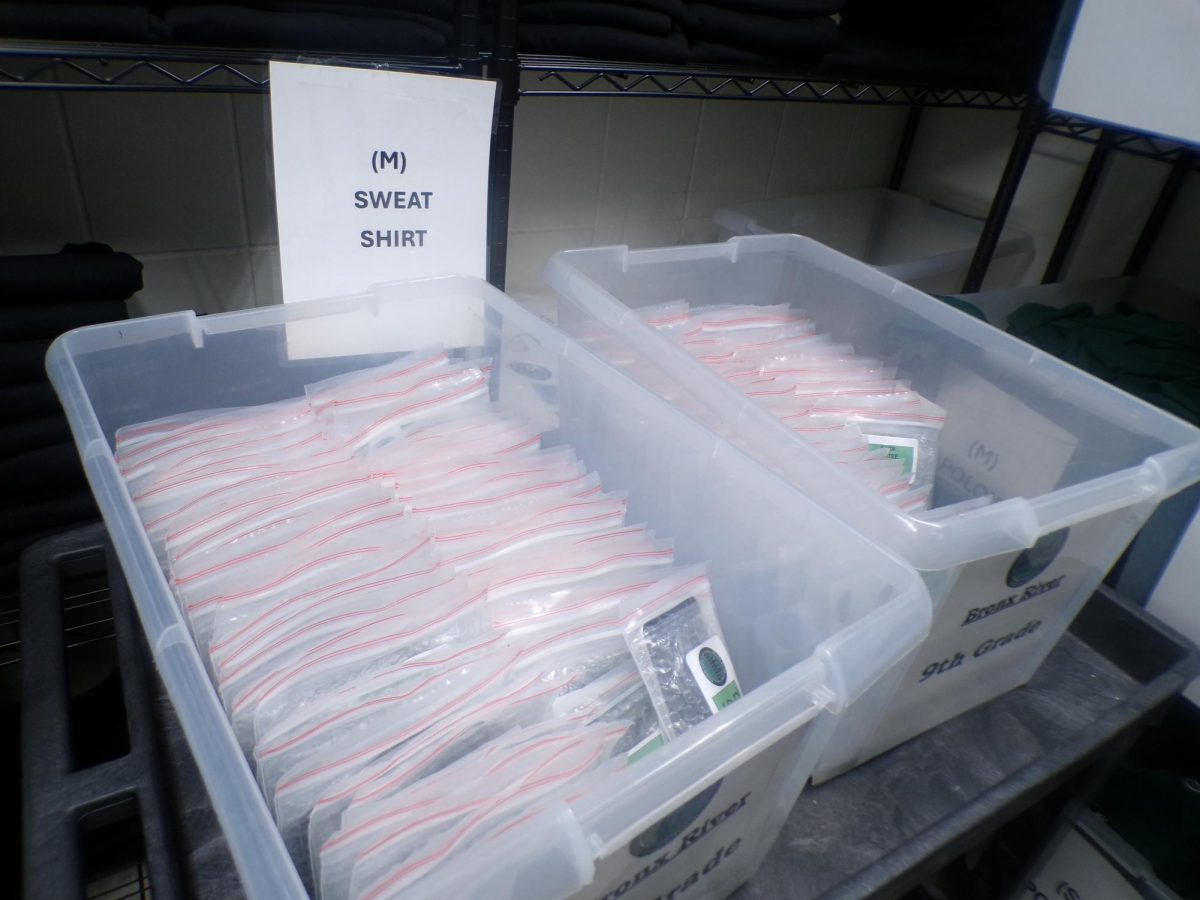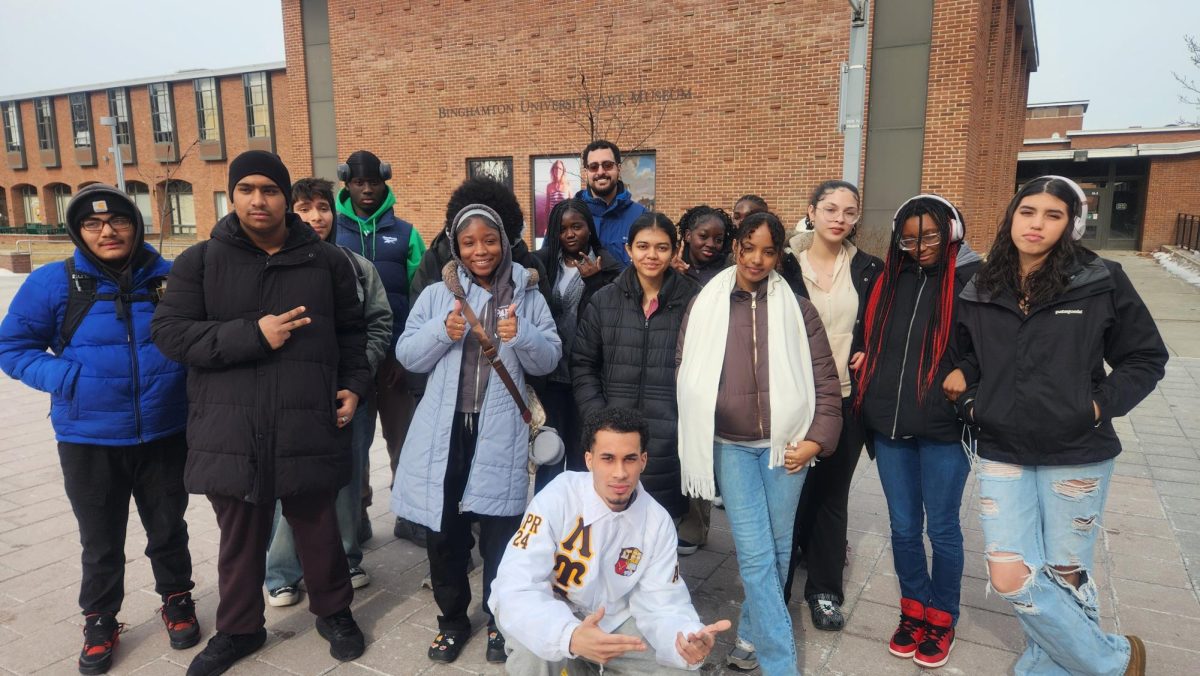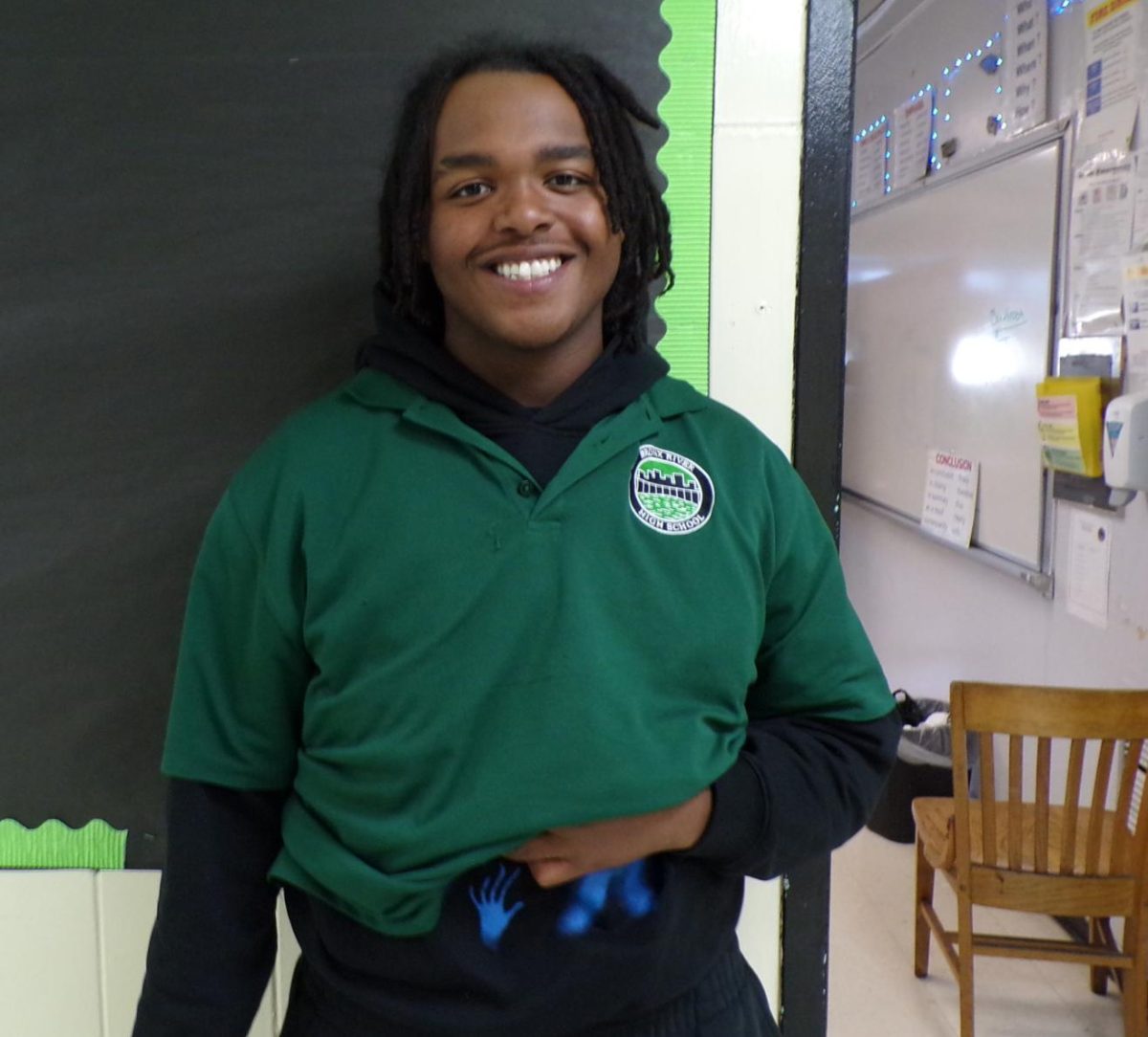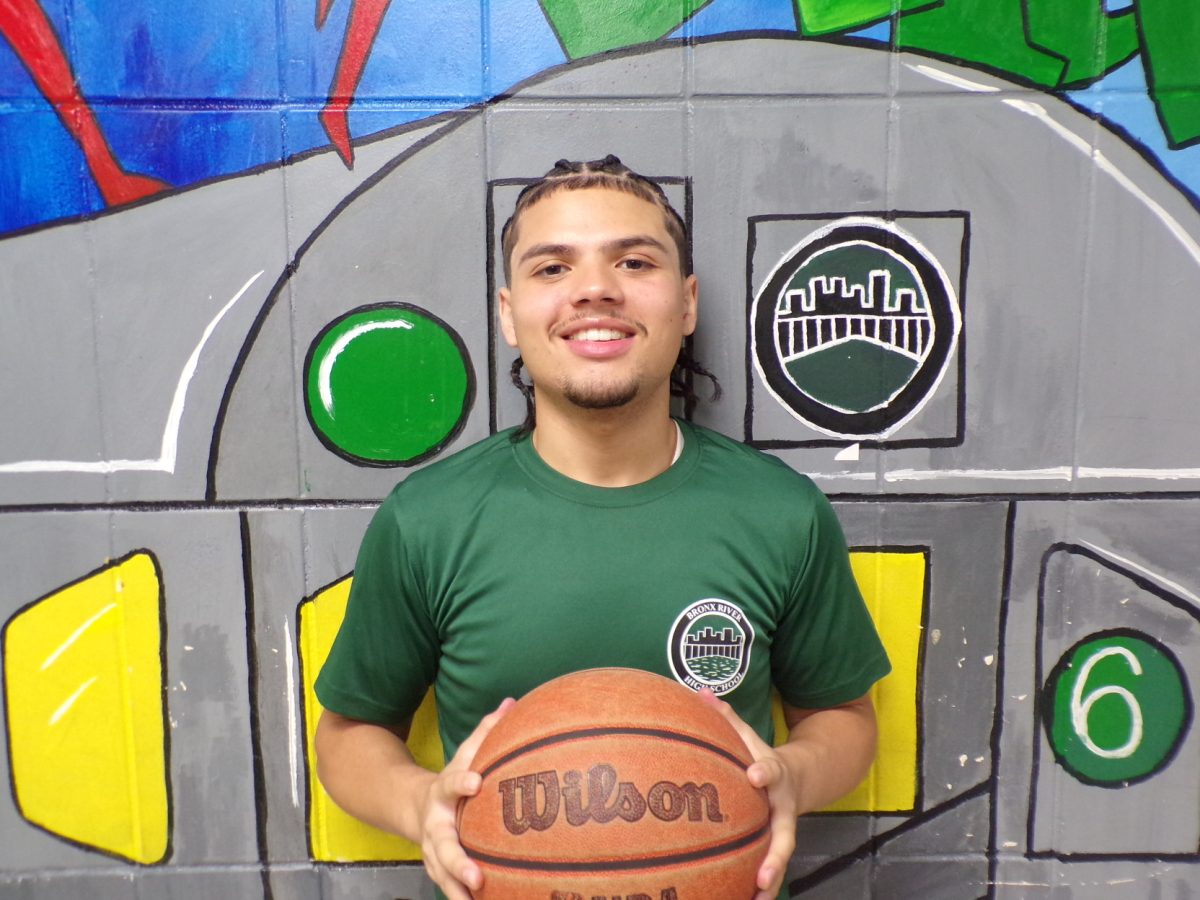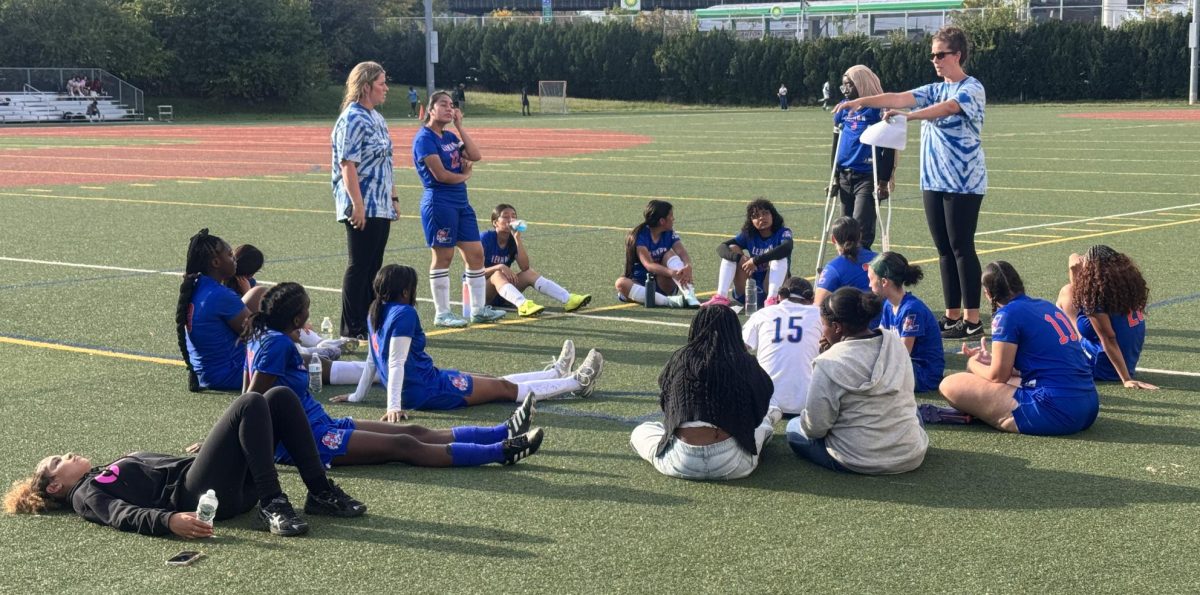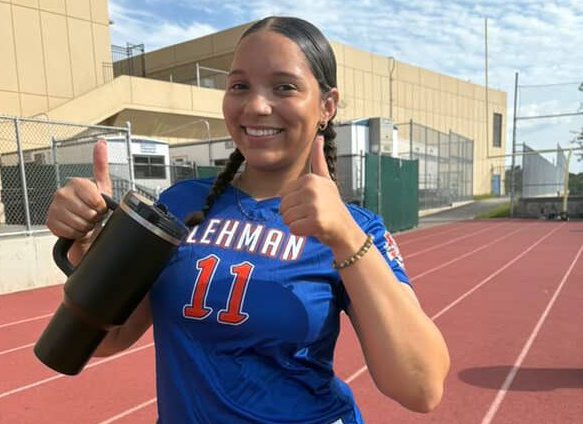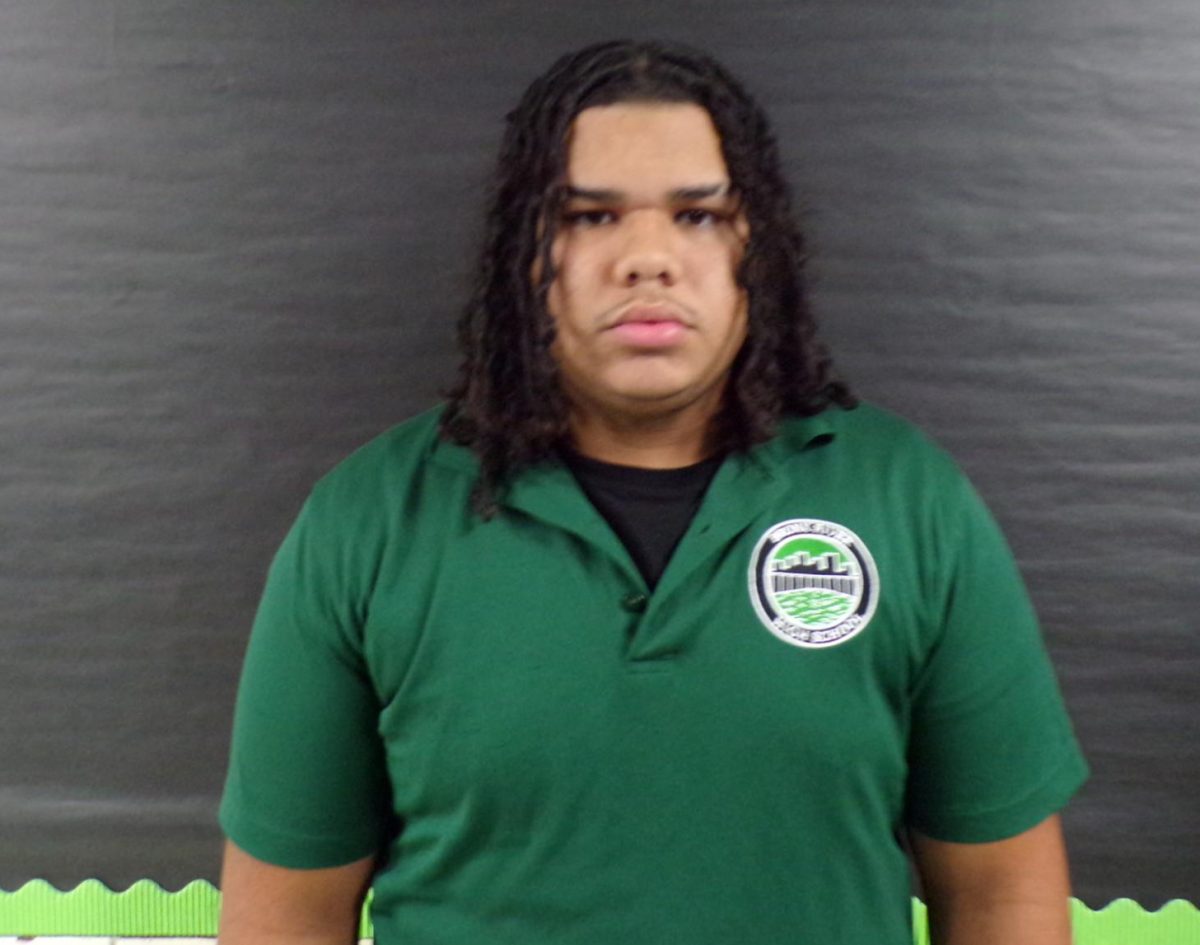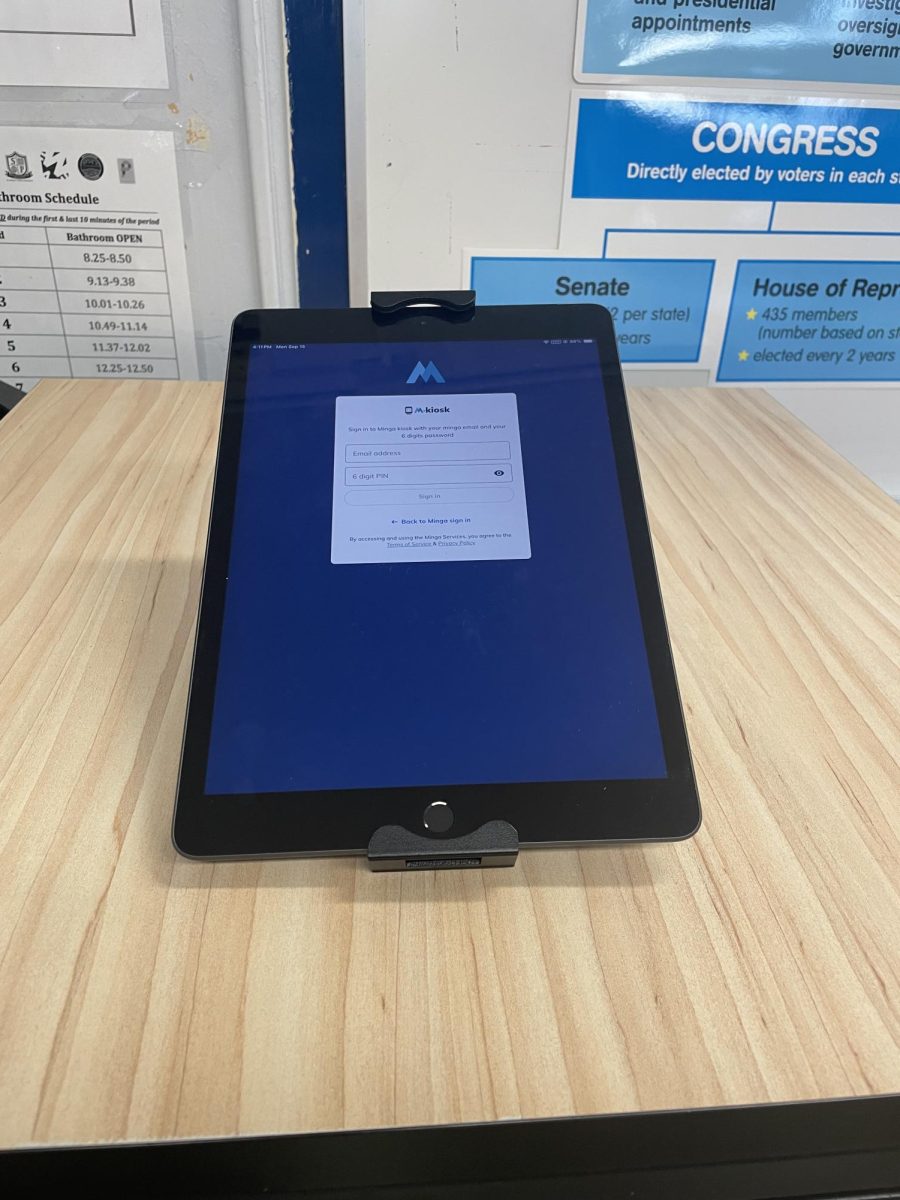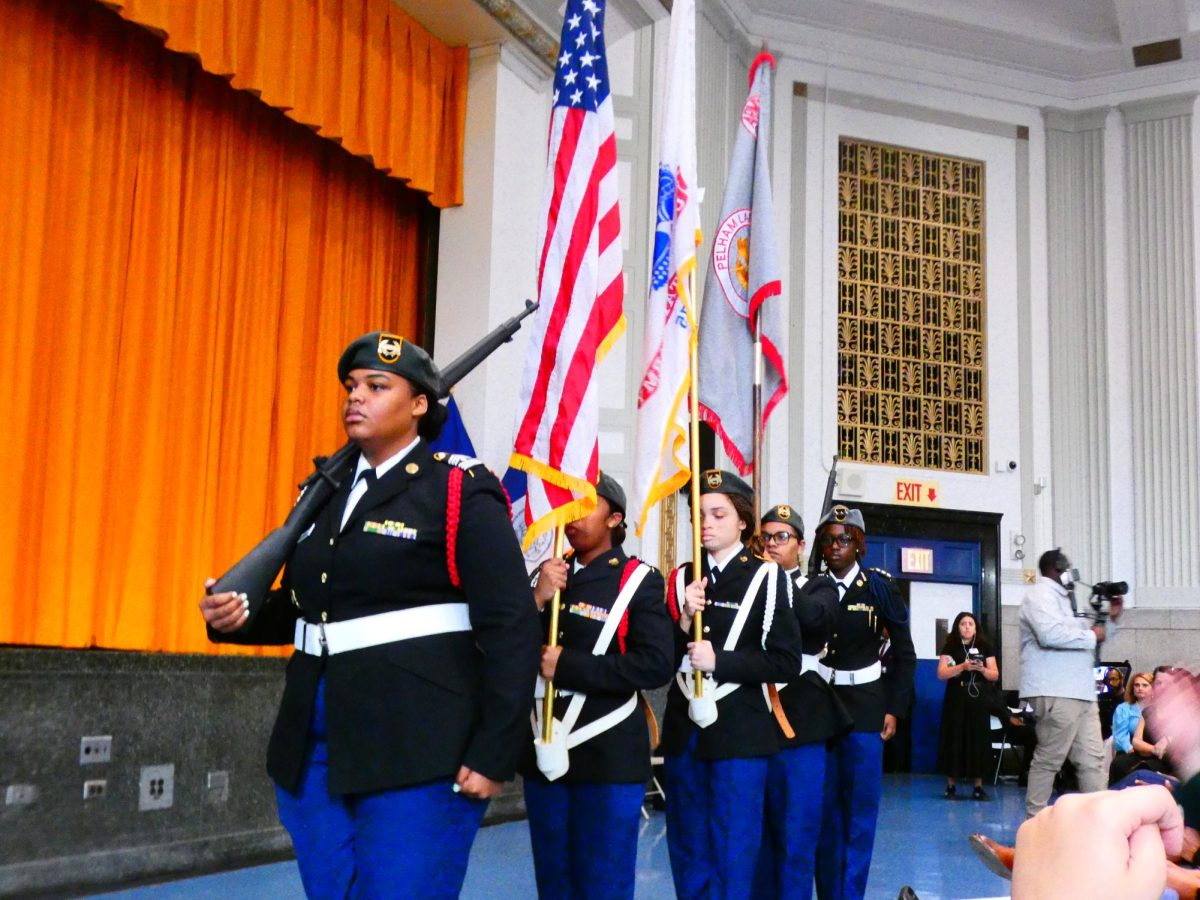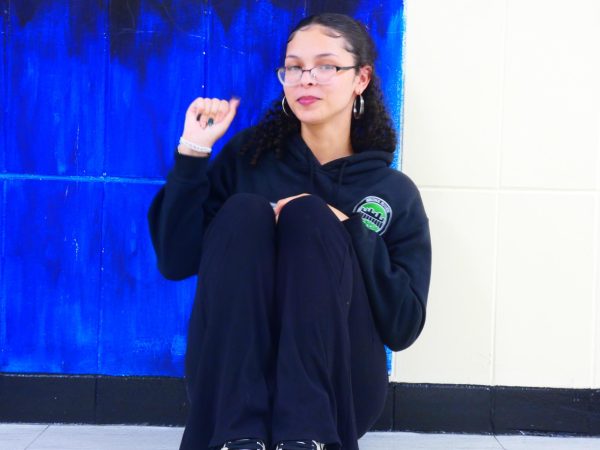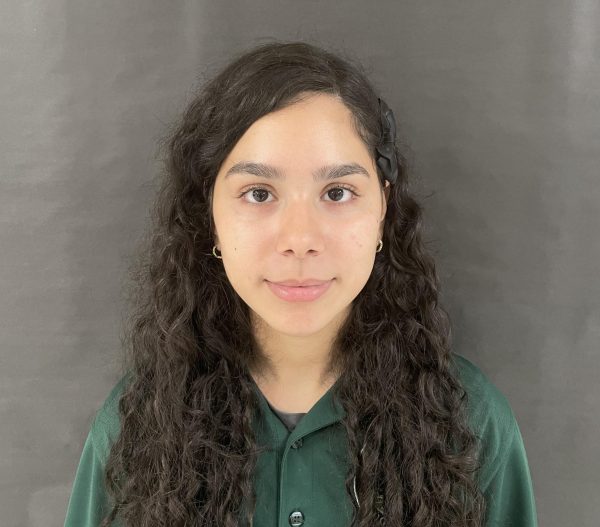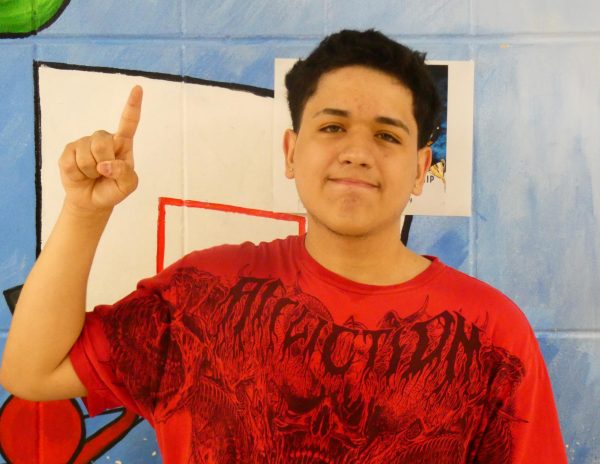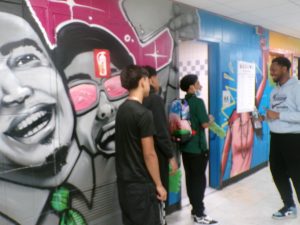
As the school year begins, technology continues to be integrated into school environments. Bronx River High School is no exception, and the school’s main goal is to use technology to solve problems within the school. A major issue arising is students constantly being in the hallway and having to track where they’re going. Minga, a campus management platform, supports schools in monitoring students through digital hall passes. Students can sign into to go to their counselors or the office, use the restroom, get water, go to the nurse, and if they’re late to class. With this system, the responsibility falls less on the teachers and more on the students.
“Minga is an electronic pass system,” said assistant principal Starr Giscombe. “iPads will be on all computer carts and students will sign themselves in and out using their student IDs. Students will still ask teachers, but they will use the iPads to create a pass in place of the bathroom logs because Minga will track them. Staff members monitoring the hallways will have access to Minga through iPads and will know if students have signed out to be in the hallway or if they just took a physical pass.”
The tracking system will be be used throughout the Lehman Campus, allowing all schools to track the movement of students from different schools.
“I think that it is something we can be open to, to grow as a community,” said Eli Lopez, a staff member who will help keep tabs on students. “However, if students aren’t receptive or are forgetful, it may not be efficient.”
He also suggests some benefits and downsides of Minga that BRHS should look out for. “There will likely be less lines or fights of who goes first, as the system will track all of that,” he says. “However, it may malfunction or provide inaccurate data, so the school may not gain what we hoped to gain.”
Daniel Butler, a 12th grade English teacher, feels relieved due to such a big responsibility being lifted from teachers. “It’s good that teachers don’t have to track the time ourselves anymore,” he said. “I think it’ll help students reflect on how much time they’re out of the classroom everyday.” Overall, he believes that it’ll resolve some of the conflict between students and teachers over leaving the classroom.
Adam LoCoco, a 12th grader, is often in the hallways. Hearing about this new system, he immediately questioned its effectiveness. “I wonder how effective this system will be with the school’s bad WiFi,” he said. He assumed with this new installation, it was a way for teachers and staff to keep track of how many students were skipping classes and walking the halls. “I think the new system will help students manage their time, limit hallway walking and have a small margin of a break from class time. Some pros are that they can track exact times, limit students’ time, all online” he said.
There are some cons that he can see with this new system. “Some cons are that it may feel like it’s restricting freedom, strict rules, and no breaks from class if a student is stressed or struggling,” he said.
Reina Cortes Ramos, a 10th grader, believes this system is bound to malfunction and fail. “Some concerns I have with the system is that it’s not gonna always work. I feel like it might malfunction because it did today in my class, so the teacher just told me to go to the bathroom.”
However, she does see benefits. “I think it could help the hallways work more smoothly because it might possibly stop people from being out in the halls a lot and missing class time,” she said. “It will also stop people from missing work and important lessons.”
The rule of one person out at a time, or no wandering around makes her feel upset. “I feel like logically it should help, but honestly I feel like it’s just gonna make the students more agitated then they already are about the fact they have to go to school already. I know I am because when I go in the halls it’s to get a break.”
Evan Berrios, an 11th grader, thinks the system is unfair. “I feel that it’s a little unnecessary and unfair,” he said. “Sometimes people repeat bathroom visits multiple times, and it’s unfair since there’s only three bathroom spots per class and the system won’t allow more than that unless a teacher allows.”
“I thought it was a joke at first,” he said. He thinks iPads to every class just to manage bathroom breaks isn’t cheap, and that money can be invested in the students such as food, and new sports equipment.
Regardless of this, he does agree that this system can help clear up the hallways. “I think it will be able to clear up the hallways more, making supervision easier and having more learning time available to all students,” he said. “The system may seem a bit extra for some students, and they may have trouble working with the system.”

